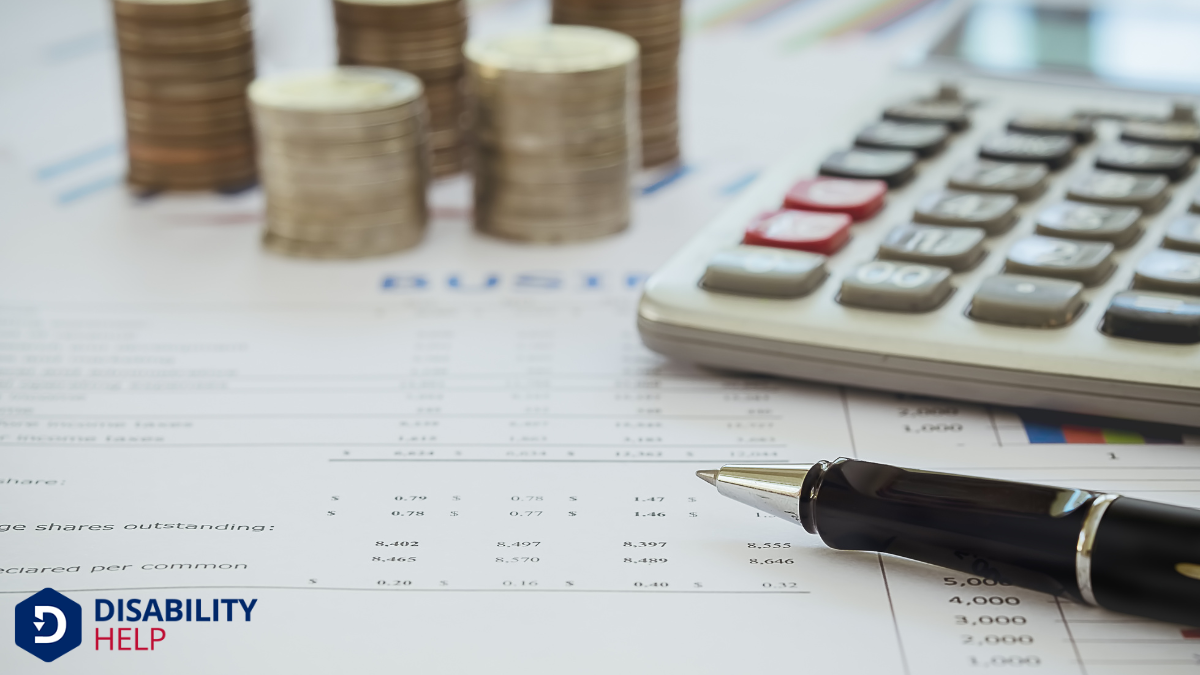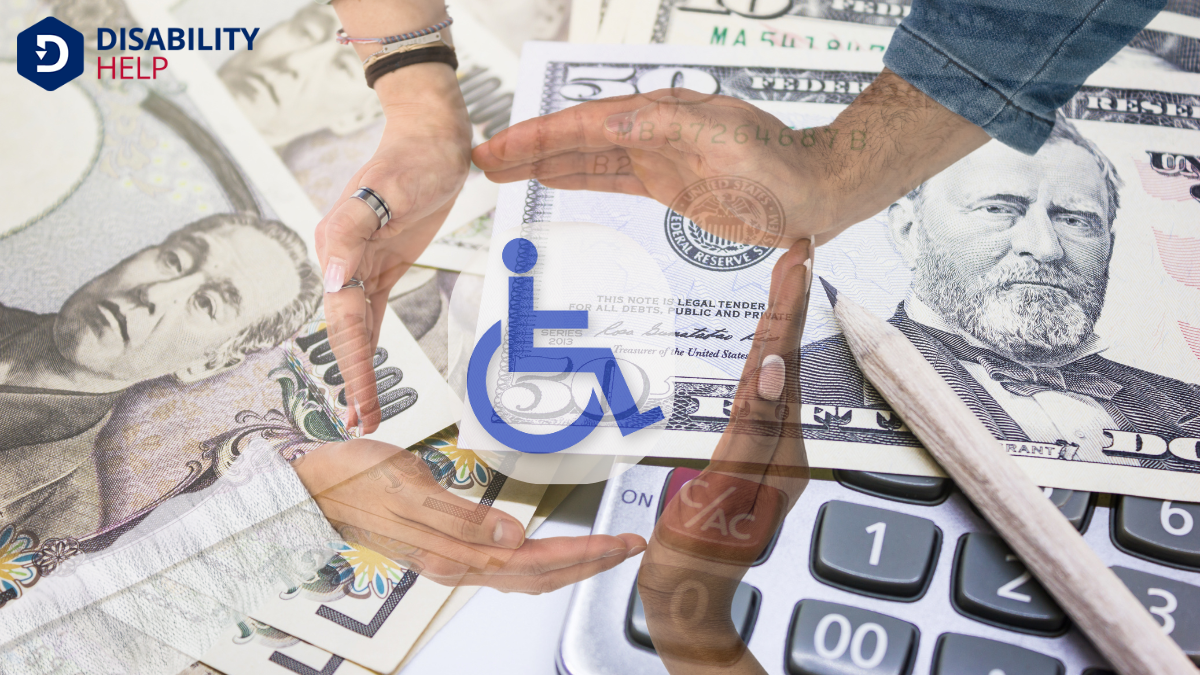We often encounter terms in insurance that leave us scratching our heads, and "Partial Disability Benefit Rider" might be one of them. Essentially, it's an add-on to a standard disability insuranceA form of insurance that provides income to individuals who are unable to work due to a disability. policy, offering financial support when we can't perform all our work duties due to a partial disability. But how exactly does it work, and why should we consider incorporating it into our plans? Let's explore its benefits and implications further.
Key Takeaways
- A Partial Disability Benefit Rider provides financial support when unable to perform all job duties due to partial disability.
- It compensates a percentage of total disability benefitsFinancial assistance provided to individuals who are unable to work due to a disability, such as Soc..., bridging income gaps while working reduced hours.
- The rider activates after a specified waiting period and continues for a predetermined duration.
- Eligibility requires demonstrating a certain income loss percentage due to partial disability as defined by the policy.
- This rider offers financial stability, allowing a gradual return to work while maintaining income.
Understanding Partial Disability Insurance
How often do we consider the impact of a partial disability on our financial stability? It’s something we mightn't think about until it’s essential.
Partial disability insurance helps us if we’re unable to perform some, but not all, of our job duties due to injury or illness. This type of coverage kicks in when we're working at a reduced capacity, ensuring our income doesn’t drop drastically.
We might work fewer hours or take on lighter duties, and this can affect our paycheck. Understanding this insurance means recognizing its role in protecting our livelihood.
It gives us peace of mind, knowing that even if we can't work as we used to, we’re still financially secure. Let's not overlook its importance.
The Role of a Partial Disability Benefit Rider

A critical component of a thorough disability insurance plan is the partial disability benefit rider. It guarantees that we’re covered even when our disability isn’t total but still affects our ability to earn.
Let’s explore the role it plays in our financial security:
- Income Protection: It provides financial support when we can work but not at full capacity, helping cover lost income and maintain our lifestyle.
- Job Change Support: If we need to change to a different role due to our partial disability, this rider can ease the financial stress during the shift.
- Long-Term Security: By addressing partial disabilities, it guarantees that our income protection remains robust, offering peace of mind for both immediate needs and future uncertainties.
Understanding these aspects strengthens our financial safety net.
How Does a Partial Disability Benefit Rider Work?
Curiously enough, the mechanics of a partial disability benefit rider are simpler than they might seem.
When we face a situation where we can't work full-time due to a partial disability, this rider steps in to provide us with financial relief. It works by offering a percentage of our total disability benefits, helping us bridge the income gap effectively.
Let's say we can still work part-time; this rider compensates for lost income due to reduced hours. We just need to guarantee that our condition qualifies under the terms of the rider.
The rider kicks in after a specified waiting period and continues for a predetermined duration, giving us time to recover while maintaining some level of financial stability.
Understanding this can truly make a difference.
Eligibility Criteria for Partial Disability Benefits
When considering eligibility for partial disability benefits, it’s essential to understand the specific requirements outlined in the rider.
Let’s break down the essentials to make things clearer.
- Definition of Partial Disability: The insurance policy typically defines what qualifies as a partial disability. It often includes a condition where we can perform some, but not all, of our job duties.
- Loss of Income: We need to demonstrate a certain percentage of income loss due to the disability. This percentage varies by policy, so let's check the terms carefully.
- Waiting Period: A waiting or elimination period may apply before benefits kick in. During this time, we must meet the conditions of partial disability.
Understanding these criteria guarantees we're prepared when seeking benefits.
The Financial Impact of Partial Disabilities

Although often overlooked, the financial impact of partial disabilities can be substantial and far-reaching. When we experience a partial disability, we might still work, but our earning capacity could drop considerably. This reduction in income can strain our finances, especially if we've ongoing expenses like mortgage payments or medical bills.
It's important to recognize that even a slight dip in earnings can disrupt our financial stability.
Moreover, partial disabilities can increase our out-of-pocket costs. We may need to invest in adaptive equipmentDevices that assist individuals with disabilities in performing ADLs, such as grab bars or shower ch... or therapies, adding further financial pressure.
We should also consider the potential loss of opportunities for career advancement, which can affect our long-term financial growth. Understanding these impacts helps us appreciate the value of securing partial disability benefits.
Comparing Partial and Total Disability Benefits
While steering through the complexities of disability benefits, it's crucial to understand the distinctions between partial and total disability benefits. Both aim to support us financially during challenging times, but they cater to different circumstances.
1. Partial Disability Benefits: These apply when we're able to work in a limited capacity. We might still perform some job duties, but not at full potential.
Partial benefits help supplement our reduced income.
2. Total Disability Benefits: These kick in when we're unable to work entirely due to a severe condition. They provide a more thorough financial safety net, covering a larger portion of lost income.
3. Duration and Payment: Partial benefits may be limited in duration compared to total benefits, which can last until recovery or retirement age, depending on policy terms.
Incorporating the Rider Into Your Policy
To seamlessly incorporate a partial disability benefit rider into our policy, we must first understand its potential impact on our financial security.
This rider supplements our primary disability insurance, offering benefits if we can still work but earn less due to an injury or illness.
We should review our current policy to verify there's a provision for adding this rider.
It’s crucial to consult with our insurance advisor to determine the rider's terms, costs, and how it aligns with our overall financial plan.
We also need to assess our specific coverage needs, considering our occupation and risk factors.
Key Advantages of Having a Partial Disability Rider

Having a partial disability rider in our insurance policy offers significant advantages that enhance our financial resilienceThe ability of individuals with disabilities to cope with and adapt to challenges and adversity..
Let's explore why this rider is a smart addition:
- Income Protection: It helps us maintain a portion of our income if we can't work full-time due to a partial disability. This means we can cover essential expenses without draining our savings.
- Financial Stability: By bridging the gap between reduced work hours and full-time income, it provides stability, allowing us to focus on recovery rather than financial stress.
- Flexibility: This rider allows us to gradually return to work while still receiving benefits, easing the shift and accommodating our health needs.
Understanding these benefits guarantees we're better prepared for life's unexpected challenges, maintaining our peace of mind.
Common Scenarios for Utilizing Partial Disability Benefits
Life's unpredictability often catches us off guard, but a partial disability benefit rider can be a lifeline in certain situations.
Imagine we're recovering from an injury that limits our ability to work full-time. With reduced hours, our income takes a hit, but expenses remain. Here, partial disability benefits can help bridge the financial gap, easing the burden.
Consider another scenario: we're dealing with a health condition that restricts our capacity to perform specific job duties.
We might still work in a limited role, but our earnings drop. In such cases, these benefits can supplement our income, making a significant difference.
Tips for Choosing the Right Disability Insurance Plan
While partial disability benefits can provide essential support during tough times, choosing the right disability insurance plan is equally important to guarantee thorough coverage.
We need a plan that fits our unique needs and offers peace of mind. Here are some tips to help us make the best choice:
- Assess Coverage Needs: Understand our lifestyle and financial obligations. This guarantees the plan covers enough to maintain our standard of living.
- Compare Plan Features: Look at elimination periods, benefit periods, and coverage amounts. These details can greatly impact our financial security during a disability.
- Understand Policy Terms: Read the fine print. Know what’s included, excluded, and any potential changes to terms over time.
Conclusion
In summary, we've seen how a Partial Disability Benefit Rider can be an essential part of our disability insurance plan. It guarantees financial stability when we're unable to fully perform our job duties due to a partial disability. By incorporating this rider, we can maintain our standard of living and reduce stress during challenging times. Let's make informed decisions to choose the right plan that includes this valuable rider, safeguarding our future against unforeseen circumstances.






